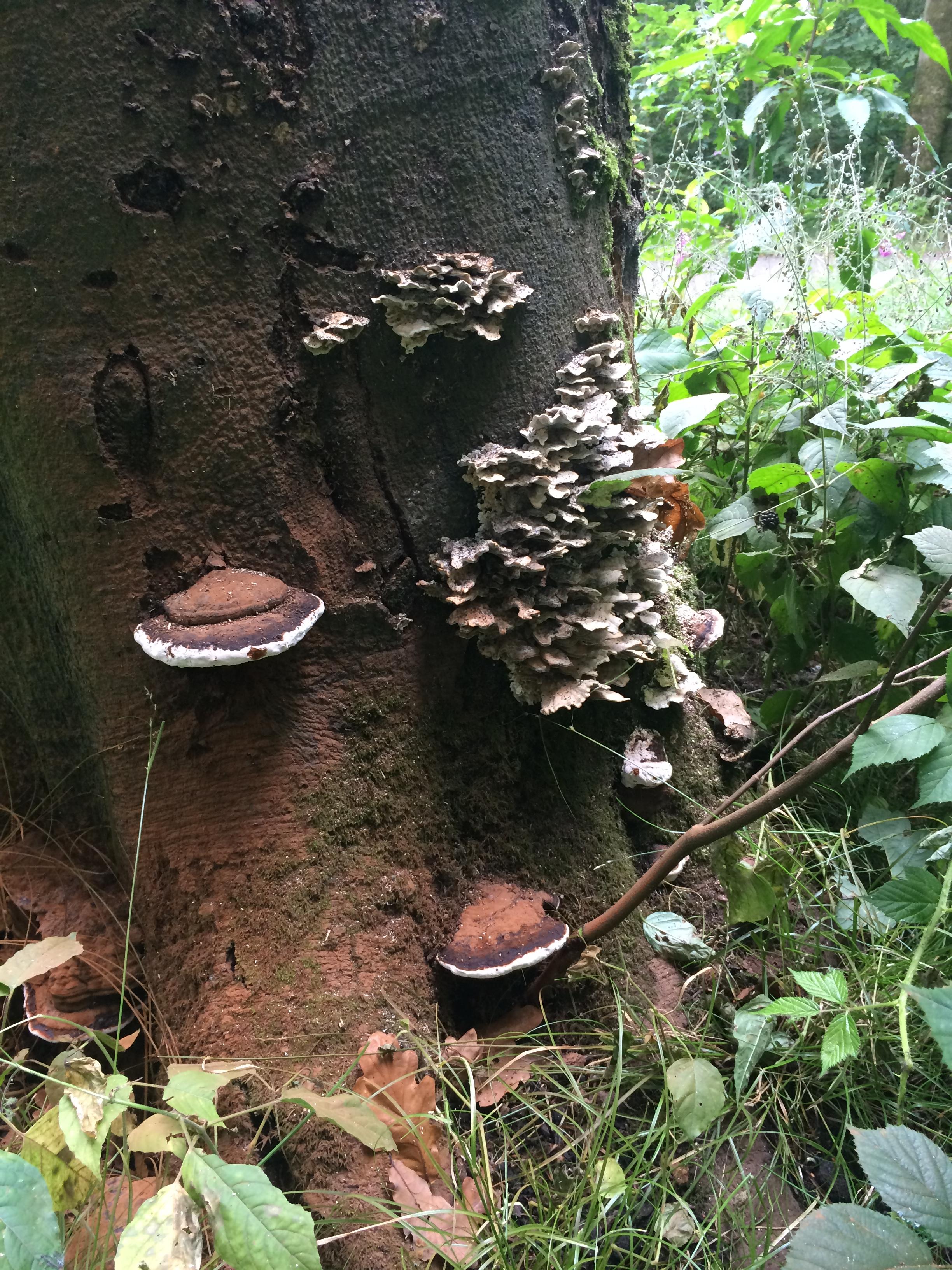It certainly appears that very few, consistently, prosecute contraventions. Maybe if the fines imposed came back to the LA, instead of to the Government coffers, there would more incentive.
Exactly. I've found it even easier, as a contractor, to write the specification for the application.
Things would work even better if the planning department were more strict in their validation of the application, only accepting very detailed work specs and following up after the work was done. We've all seen pruning works on protected trees which either should never been allowed or must have been in excess of the consent given. LAs need the resources to police the process far more stringently than most appear to do.
One word. Resources.
TPOs are funny things, they just protect the tree but they don't provide the means to allow the LA to enforce the maintenance of the 'asset' that the tree is. As long as the owner doesn't harm the tree it's acceptable for them to ignore it and do nothing that might be beneficial to safeguarding its existence.
Sorry Matty, I don't understand what you don't!
I agree that not enough trees are protected, I'm aware of many that should be but aren't. Being pragmatic I just accept that it is an imperfect system and everyone involved is doing the best they can with the resources that they have got.
After the last big emergence of DED the Isle of Wight authority redid the TPOs on the whole island. There's a paper, online, about it, which explains the time and costs involved. It's an eye-opener to the magnitude of revoking and producing an amended TPO.
I'll post it if I can find it (or email to you). It's worth reading to better understand the hoops that need to be jumped through to protect trees and the costs imposed to do so.










